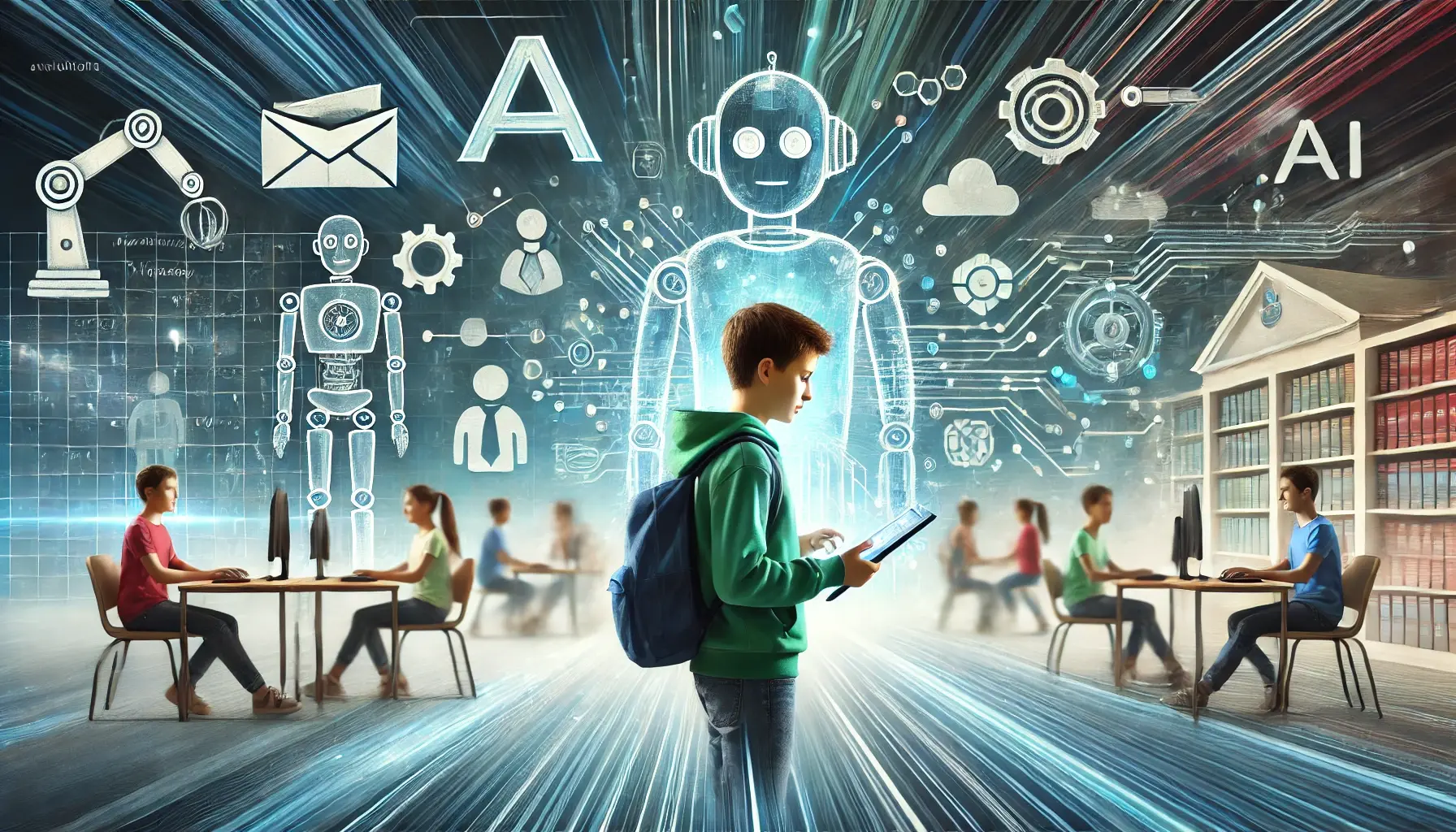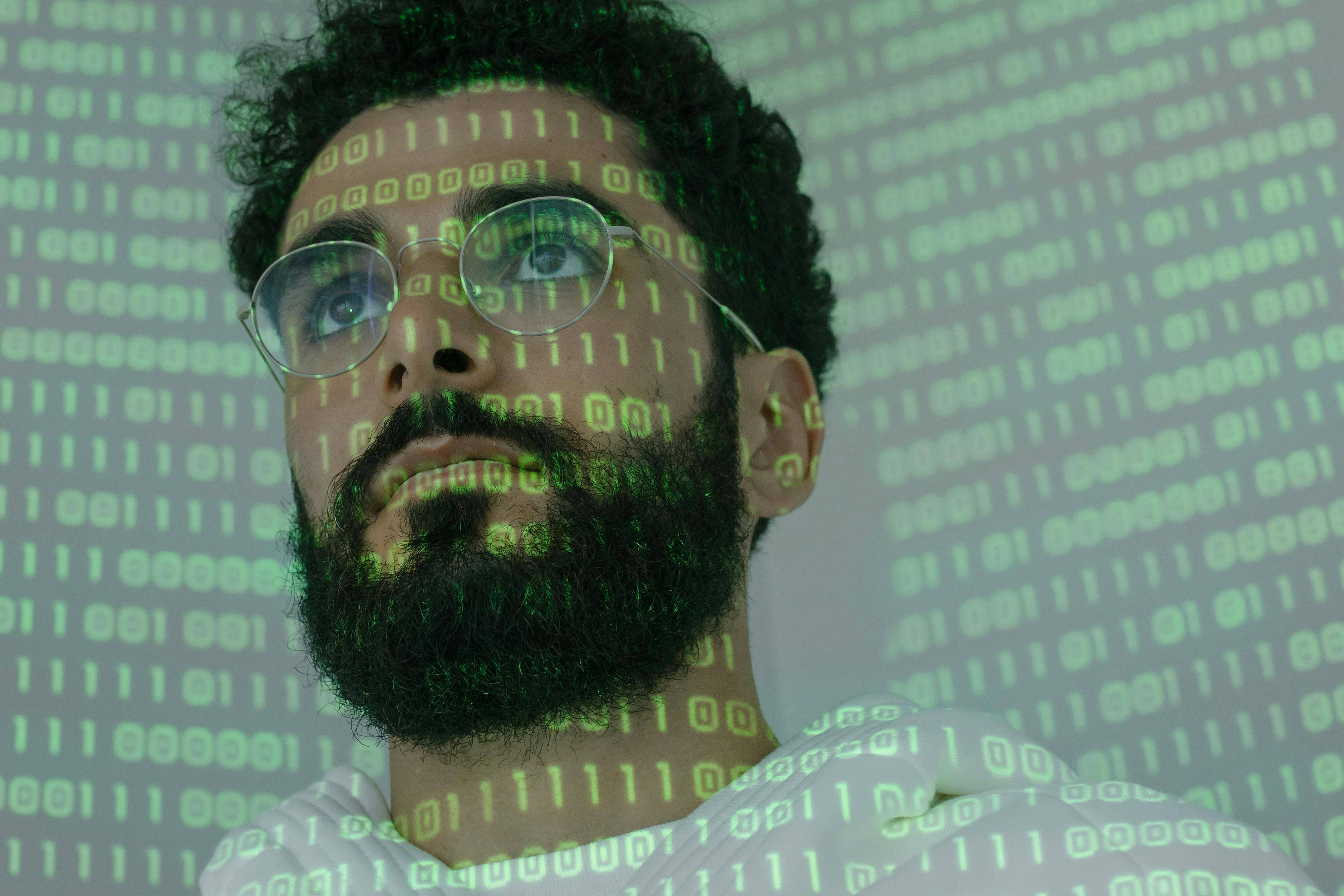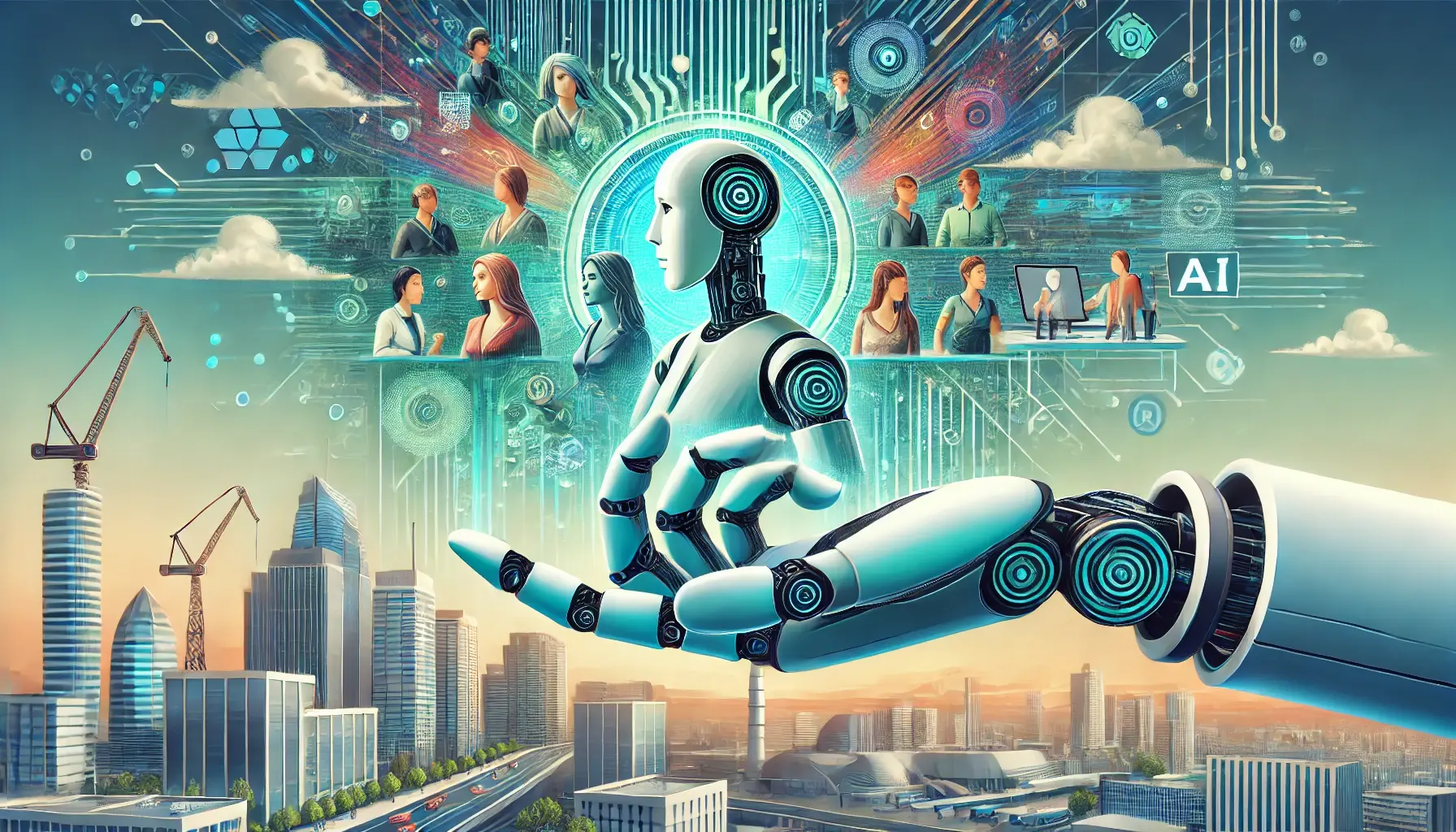Google Glass was a highly-anticipated product that was intended to revolutionise the way we interact with technology. However, despite its potential, the product failed to catch on with consumers and was eventually discontinued, at least for public sale.
Few individuals are aware that it is still commonly used in the manufacturing sector, as it offers a hands-free, heads-up display solution that is highly beneficial. In fact, the latest version, Google Glass Enterprise 2, was released at the end of last year, but I digress.

I donned on Google Glass at the end of 2013, prior to its release the following year and even at the time and even at the time I was fascinated by the dawn of the AR revolution, even if for a long time, it appeared to be its early sunset.
In this article, I am going to explain some of the reasons behind why one of the original Augmented Reality eyewear failed and what has changed in our modern technological world that makes it inevitable that AR eyewear will overtake mobile phone usage as our portable mobile devices.
There were a number of factors that contributed to Google Glass's commercial failure, including concerns about privacy, lack of a clear use case, and technical limitations.
One of the major factors that contributed to the failure of Google Glass was the socialisation of the technology. At the time, people were worried about the possibility of photos being taken without their knowledge or consent. This concern was compounded by the fact that the device was worn on the face, making it highly visible and easy to spot. As a result, many people began to refer to Glass users as "glassholes," and the device quickly became a source of social stigma.
However, as time has passed, society has become increasingly accustomed to the idea of being constantly photographed, whether it's by CCTV cameras or the ubiquitous presence of mobile phones. As a result, the concerns about privacy that once plagued Google Glass are no longer as significant. Additionally, the rise of 5G networks has made it possible to create a more seamless and responsive user experience, which was one of the key limitations of the original Glass device.
However, we're almost ten years on from the unceremonial launch of Google Glass, so why's the rise of AR eye-wear inevitable?
With the integration of advanced technologies like AI, 5G networks and edge computing, AR eyewear will be able to provide a more immersive and interactive experience. These devices will be able to provide real-time data, such as weather, traffic, and news updates, in a way that is more convenient and accessible than ever before.
One of the key advantages of AR eyewear over mobile phones is its hands-free design. This allows users to have access to information without having to look down at their phone, making it safer and more convenient to use while on the go. Additionally, the incorporation of advanced sensors, such as cameras and microphones, will allow for more natural and intuitive interactions with the virtual world. Google Glass made you look like part of Star Trek's ' Borg Collective', whereas AR eyewear is a little bit more subtle today.
Another key benefit of AR eyewear is its ability to provide context-aware information. For example, imagine walking through a city and having information about the buildings and landmarks around you appear in your field of view. Or, imagine being able to see real-time translations when travelling in a foreign country. These types of experiences will provide a more engaging and enriching way to explore the world around us.
In the business world, AR eyewear will provide new opportunities for remote collaboration, training and customer engagement. In industries such as construction, manufacturing, and healthcare, AR eyewear will allow workers to access real-time information and collaborate with remote teams, improving efficiency and productivity. In retail and customer service, AR eyewear will provide a more engaging and personalised shopping experience, allowing customers to view products in a virtual showroom, or remotely access a customer service representative to help with a purchase or answer questions.
A significant factor that will drive the consumption of AR eyewear in the next five to ten years is the emergence of the metaverse. The metaverse is a virtual world where users can interact with one another and digital objects in a smooth and immersive way. As the walls between our virtual and material worlds continue to erode and the metaverse continues to develop, it is anticipated to become a major platform for social interaction, entertainment, and commerce. This will create immense demand for AR eyewear, as it will enable users to walk between the digital and material realms seamlessly.
AR eyewear will be the portal for users to access the augmented metaverse and interact with it in a natural way. With AR eyewear, users will be able to see and hear the digital world in a manner that is similar to the real world, providing a more smooth and believable experience. As the metaverse becomes more advanced and integrated into our daily lives, it is predicted that more and more people will turn to AR eyewear as a means to access it. This will drive the demand for AR eyewear and make it a mainstream technology in the near future.
So, Google Glass was a product that failed to live up to its potential, but its failure should not be seen as a setback for the future of AR. Instead, it should be seen as a learning experience that highlights the importance of addressing concerns about privacy, creating a clear use case, and having the necessary technical infrastructure in place.
With these lessons in mind, the future of AR looks bright, potentially even replacing mobile phones as our windows to our digital world.




